But nothing happens.
So, now you're thinking, "What do I need to do to bring people to my blog?"
And the answer is: People won't know your blog exists if you don't market it! Not only must you optimize your blog for the search engines, you should have also created a marketing campaign that will help bring visibility to your blog launch.
Here are a few things that you can do to get the blog marketing ball rolling.
- Get your blog syndicated to all your social media streams: .Link your blog to your Twitter stream, Facebook page, your LinkedIn profile and any other social media platforms that your prospects hang out at. By doing this, your content gets posted automatically to all these platforms as soon as you publish a post on your blog. This is a great way to get visibility without spending any money. Also get heavily involved in LinkedIn, especially if your readers are there. Join LinkedIn groups, answer questions in the forums and network with your peers.
- Submit to related blog directories: You should also submit your blog to blog directories. Google regards these directories as having high page rank, and by being listed (and having a backlink to your blog) would help your organic SEO ranking and getting indexed faster. In many cases, if someone is looking for a blog like yours, there is a higher possibility that the directory will come up higher in the results.
- Create an online press release and distribute it: Creating a press release and submitting it to a PR release submission service, not only gets you potential visibility in front of reporters (especially if your press release is crafted well with a great hook) but also helps with your SEO ranking due to the backlinks that can be achieved once posted.
- Send an email newsletter: Having an email list is gold in online marketing. In promoting your blog make sure that you mention that your new blog is up. In following newsletters, you can excerpt your blog posts to grab the attention of your subscribers.
- Create a YouTube video: Videos are one of the best tactics to drive traffic, especially if you post a great one on Youtube. With Youtube's audience running at hundreds of millions with over 2 billion video views per day, it's something that you don't want to ignore. Post the videos in your YouTube channel and cross-market it on all your social media platforms such as Facebook pages. Promote your videos by sending them the link to your email list.
- Create multiple blogs to promote your content: Use sites like Tumblr, Posterous, Disqus, Weebly to create mirror blogs that reflect a specific content category. You can post excerpts with links back to your main blog or your social media sites.
- Interview and feature experts in your industry: By interviewing industry experts you provide readers an opportunity to gain knowledge and expertise they wouldn't have been able to have access to. This makes your blog a resources that they would keep coming back to. Ask interesting and insightful questions that help your readers gain new knowledge.
- Comment on other blogs in your industry: You can start commenting on other blogs that focus on your industry. However, make sure that you comments are detailed and relevant to the blog post. Don't just put a general comment. Take the time to make an insightful and detailed feedback. This will always grab the attention of readers and blog writer. It will also help you build your backlinks as people would follow your account back to your site.
- Write some guest posts on other blogs: By writing great posts on other people's blogs, you will be able to not only build relationships with your peers, but also drive traffic back to your own blog. This builds your credibility and increases your reader and backlink network - especially if the blog you're writing for is well established.
- Promote your blogs using PPC ads or even classifieds: Run some PPC ads using Google Adwords, Microsoft Bing/Yahoo or even on Facebook. This will help boost visibility of your blog depending on how deep your budget is.
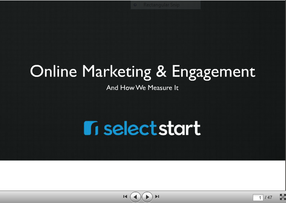



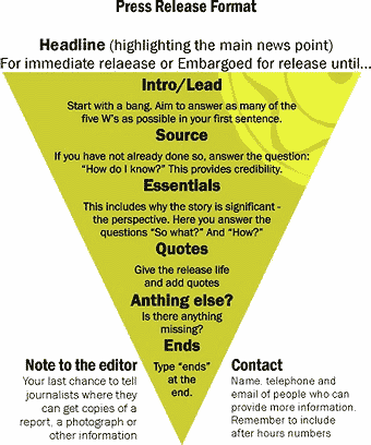



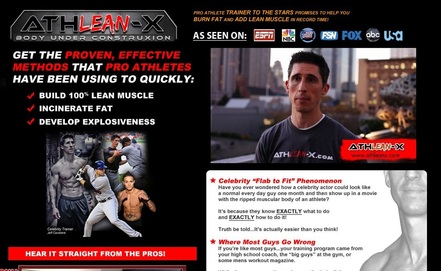

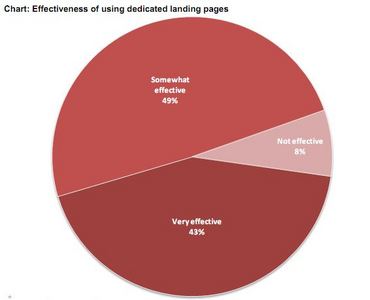
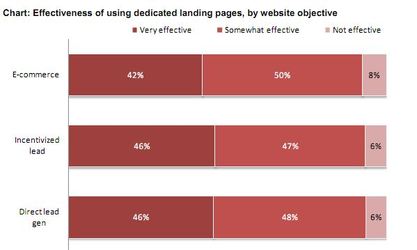

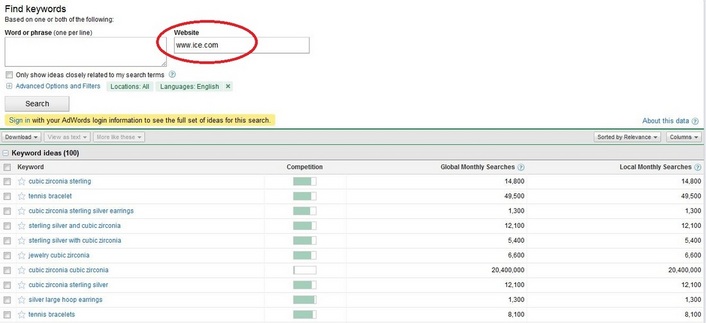

 RSS Feed
RSS Feed



